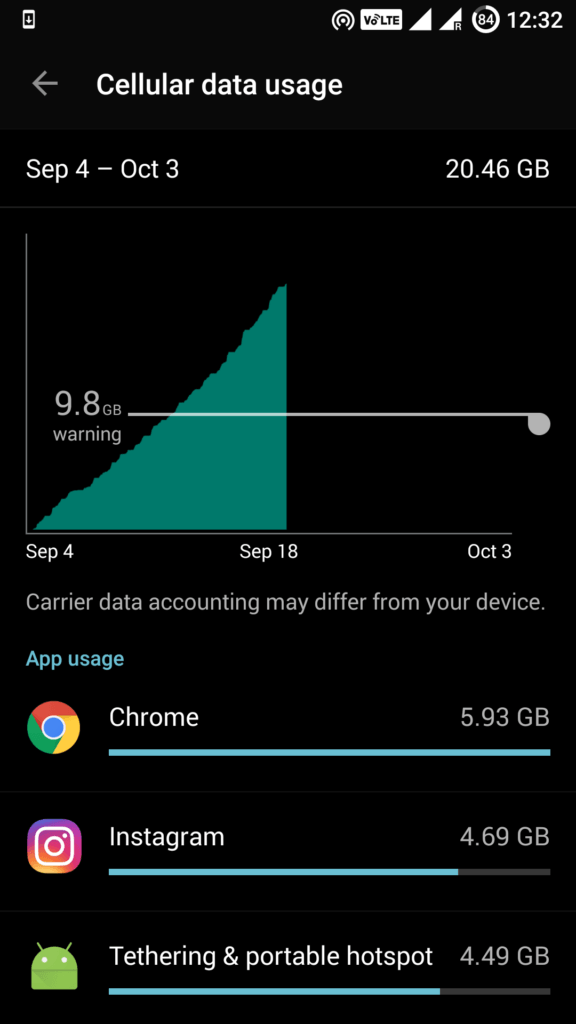

Removal or retention of structured content, such as the content tree of DICOM Structured Report (SR) files.Removal or retention of private attributes, except those that are known to be safe to leave and are important (e.g., SUV scale factor).

Replacement of DICOM unique identifiers, which is performed consistently for a set of instances to maintain referential integrity.Removal or retention of clinical trial attributes, which may need to be removed for secondary re-use of clinical trial images.Removal or retention of institution identifiers, which may be needed to track facility performance but otherwise may be removed.Removal or retention of device identifiers (e.g., serial number), which may be needed to track device performance but otherwise may be removed.Removal or retention of patient characteristics (e.g., sex and weight), which are essential for PET SUV but otherwise often removed.Removal or retention of descriptions (e.g., Study Description), which though useful may sometimes have identifying information, with separate options to remove or retain the Series Description and Protocol Name (which are generally both useful and safe).Replacement of all other identifying attributes (e.g., Referring Physician's Name, etc.).Modification of dates and times (e.g., Study Date), in a manner that preserves temporal relationships.Replacement values for Patient's Name, Patient's ID and Accession Number.Cleaning images for research or teaching, by removing identifiers and replacing them with dummy values.Importing images into the local PACS, changing the Patient ID and Accession Number to local values.The header and replace the identifying attributes with new values.

What to remove and replace, including the ability to import and export without doing any cleaning at all, or to completely de-identify "Cleaning" is used to refer to the process of removing and/or replacing information in the DICOM "header".


 0 kommentar(er)
0 kommentar(er)
